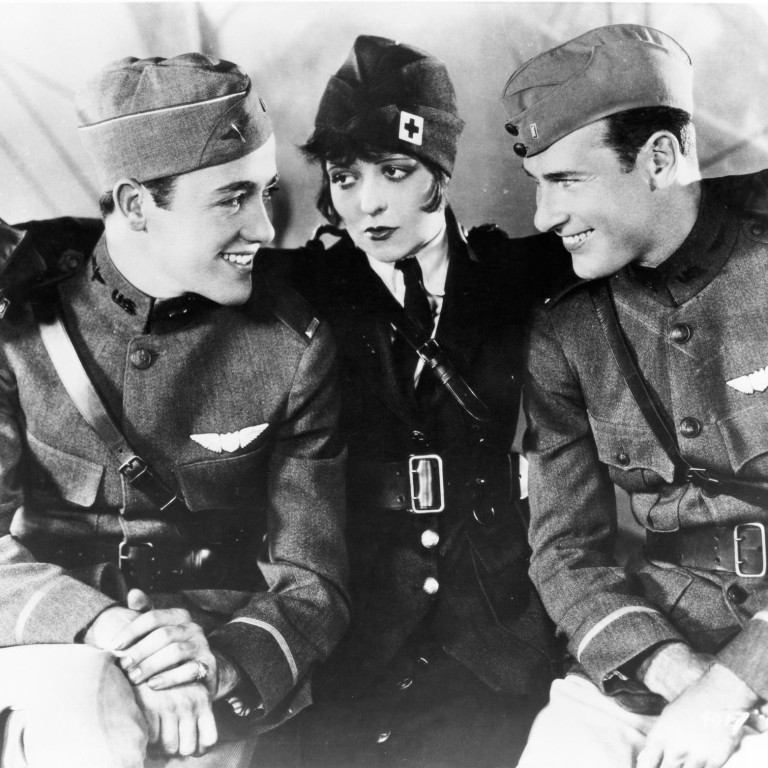
Art house: the aerial battles of 1927's Wings are still impressive
One of Hollywood's last major silent spectacles returns to the city as a restored print that recreates the 1927 black-and-white original's musical score and colour tinting, along with an extra half-hour of footage which was excised before the film's general release.
Provided with such a showcase, it is gratifying to discover that lives up to its reputation. Winner of the first Academy Award for best picture and another for best engineering effects, the first world war-era aviation drama reveals a technical expertise so ahead of its time that the flying sequences remain impressive.
The "wow" factor is due in large part to the knowledge that director William A. Wellman accomplished the aerobatic shots without the aid of CGI, imparting upon the proceedings a sense of reality and danger lacking in computer-era celluloid adventures. The screenplay itself is secondary, relating the travails of two pilots (Charles "Buddy" Rogers and Richard Arlen), enamoured with the same woman (Jobyna Ralston), who put aside their rivalry to fight "the war to end all wars".
Although the trio constitutes the yarn's central love triangle, the scriptwriters artificially but entertainingly inflate a subsidiary character to equal if not greater significance. Mary Preston (Clara Bow) is literally "the girl next door" to one of the airmen and totally smitten by her neighbour, despite his romantic indifference. Bow also happened to be Hollywood's top box office draw in the late 1920s, hence Paramount studio's insistence on enlarging her part.
While not in keeping with ' overall themes (and wearing fashions from 1927 rather than 1917), Bow's presence is a delight. Playing Mary, America's "It Girl" becomes a rambunctious but virginal lass who brings poignancy, humour and sex appeal; with a racy vignette even managing to splice in a fleeting glimpse of her bare breasts.
The scenario's lapses could easily be overlooked by audiences at the time for whom the subject matter still possessed an evocative pathos. That kind of immediacy is forever lost to today's viewers, but not so the raw excitement of the aerial battles.
The open cockpits exposing the fliers to machine-gun fire, the vulnerability of the flimsy craft as they loop-the-loop and perform other risky manoeuvres, are brilliantly captured by cinematographer Harry Perry's airborne camera. The film crew sometimes waited weeks for just the right cloud formations to achieve the montages' pictorial eloquence, as compelling now as nearly a century ago.
On the ground, too, the movie displays vivid dexterousness in its cinematography — a tracking shot above the tables of a boisterous Parisian nightspot is a marvel to behold.
Despite the blockbuster's overwhelming box office and critical successes, within a few years its quartet of leads had fallen by the wayside, their celebrity eclipsed by that of Gary Cooper, whose three-minute cameo as an air cadet helped launch a career that would soar long after the rest of the cast had been forgotten.
, September 7, 2pm, Hong Kong Film Archive. Part of the Restored Treasures — First World War Centenary programme

